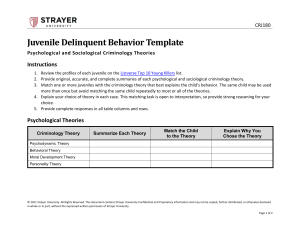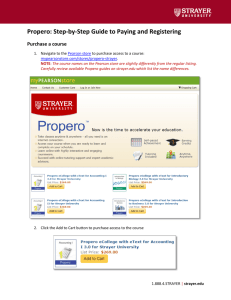ACC 401 – Advanced Accounting
advertisement
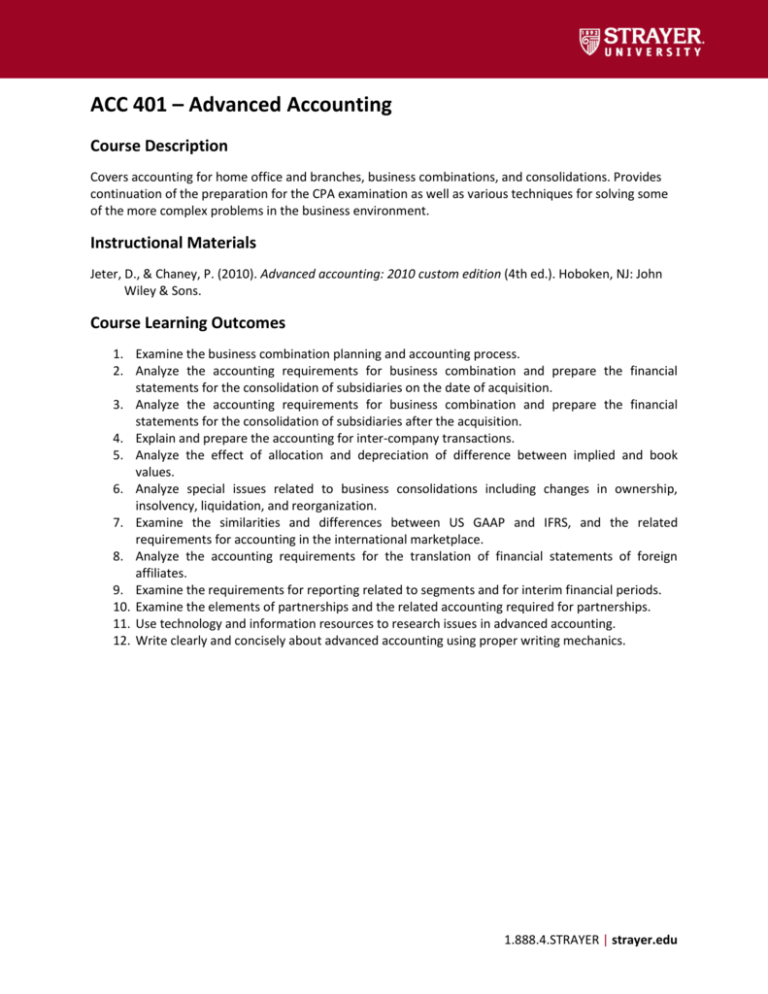
ACC 401 – Advanced Accounting Course Description Covers accounting for home office and branches, business combinations, and consolidations. Provides continuation of the preparation for the CPA examination as well as various techniques for solving some of the more complex problems in the business environment. Instructional Materials Jeter, D., & Chaney, P. (2010). Advanced accounting: 2010 custom edition (4th ed.). Hoboken, NJ: John Wiley & Sons. Course Learning Outcomes 1. Examine the business combination planning and accounting process. 2. Analyze the accounting requirements for business combination and prepare the financial statements for the consolidation of subsidiaries on the date of acquisition. 3. Analyze the accounting requirements for business combination and prepare the financial statements for the consolidation of subsidiaries after the acquisition. 4. Explain and prepare the accounting for inter-company transactions. 5. Analyze the effect of allocation and depreciation of difference between implied and book values. 6. Analyze special issues related to business consolidations including changes in ownership, insolvency, liquidation, and reorganization. 7. Examine the similarities and differences between US GAAP and IFRS, and the related requirements for accounting in the international marketplace. 8. Analyze the accounting requirements for the translation of financial statements of foreign affiliates. 9. Examine the requirements for reporting related to segments and for interim financial periods. 10. Examine the elements of partnerships and the related accounting required for partnerships. 11. Use technology and information resources to research issues in advanced accounting. 12. Write clearly and concisely about advanced accounting using proper writing mechanics. 1.888.4.STRAYER | strayer.edu
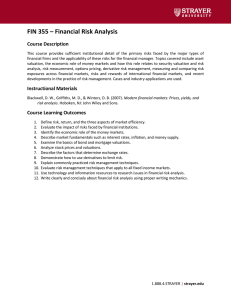

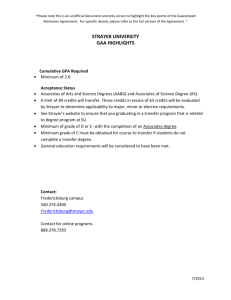
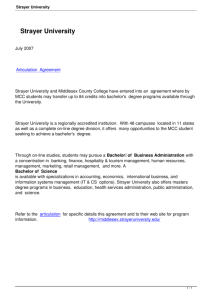
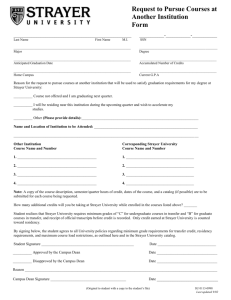

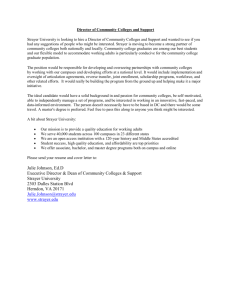
![[Translation] August 31, 2016 Dear Sirs Name of Company: SEGA](http://s2.studylib.net/store/data/018378631_1-66297f2a8ef1c3a32f4067f881ca208c-300x300.png)

